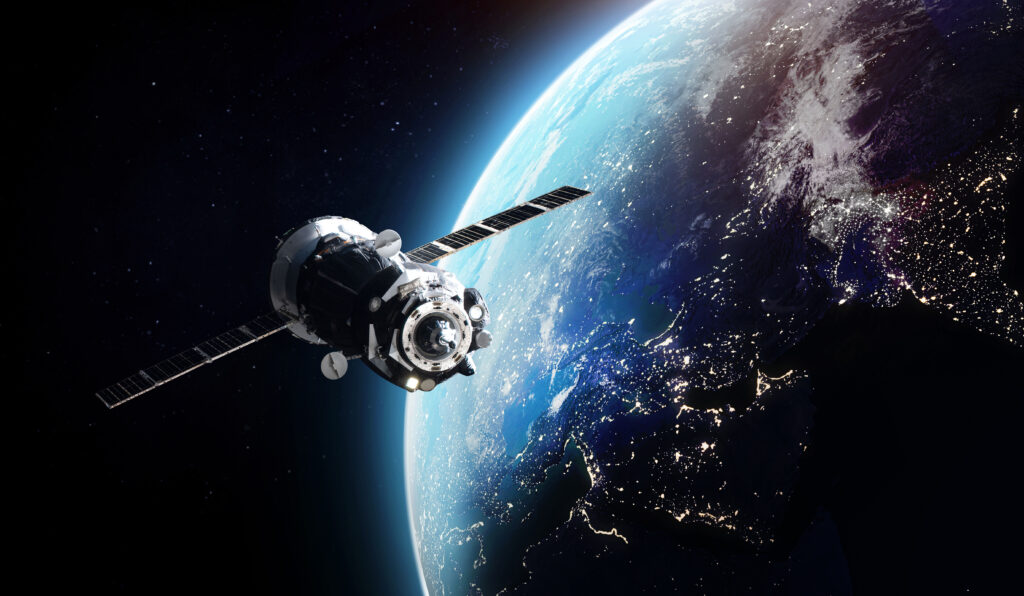The European Space Agency (ESA) has successfully launched two satellites with a mission to create artificial solar eclipses by flying in precise formation. The satellites, launched from India on Thursday, will fly 150 meters apart in orbit, maintaining a precise distance of just 1 mm, to simulate the effects of a natural solar eclipse.
Prolonged Study of the Sun’s Corona
The artificial eclipses, which will last up to six hours, offer scientists a rare opportunity to study the Sun’s corona, the outer atmosphere, in much greater detail than is possible during a natural eclipse. The shadow-casting satellite, equipped with a disk that blocks the Sun’s light, will mimic the Moon during a total solar eclipse, allowing researchers to focus on studying the corona and phenomena such as coronal mass ejections.
With a two-year operation plan, the Proba-3 mission will generate eclipses at least twice a week, providing up to 1,000 hours of “on-demand” totality for solar research.


